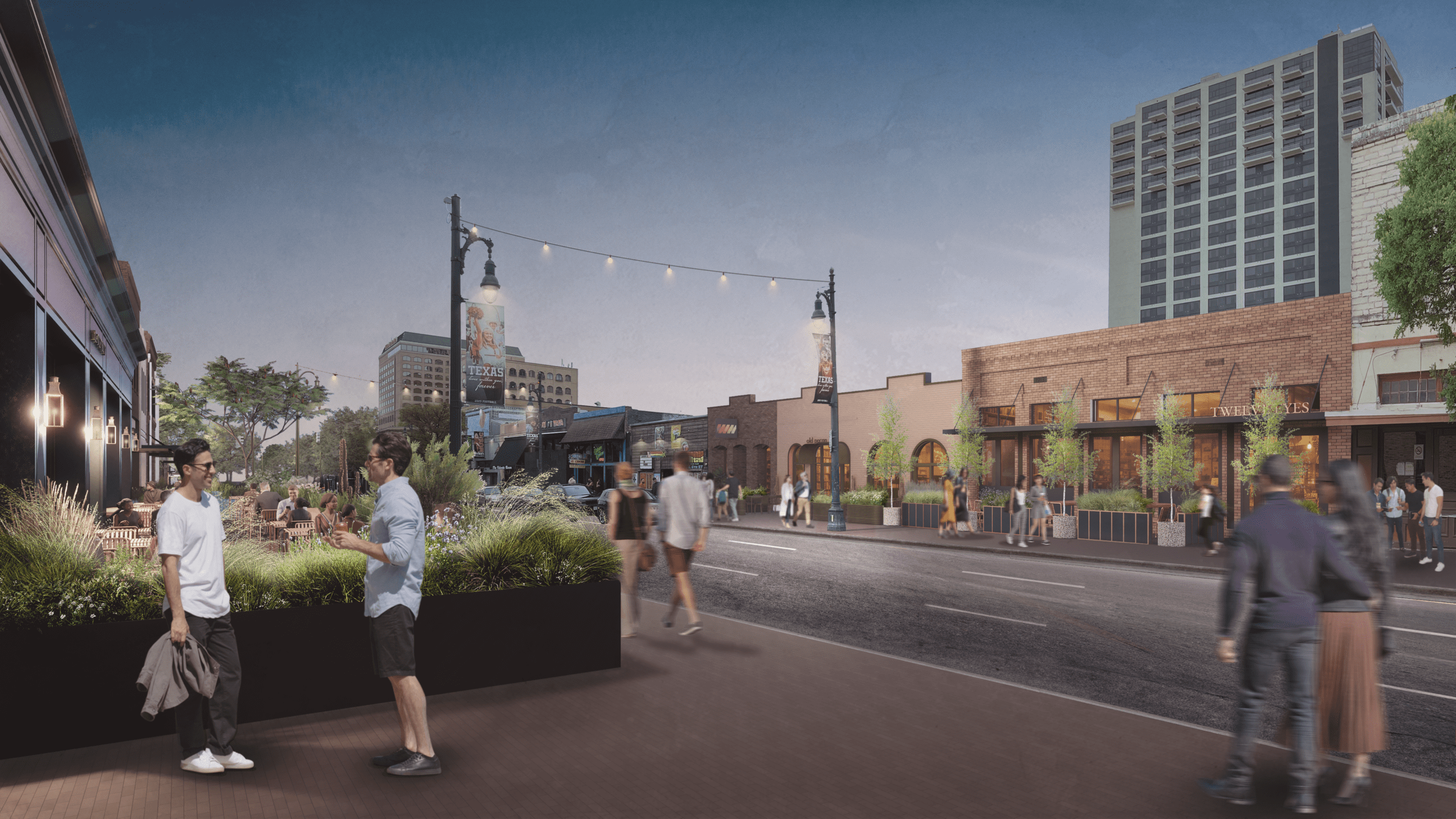
Sixth Street
Austin, Texas | Adaptive Reuse
As one of Austin’s most iconic destinations, Sixth Street represents Austin’s past, present, and future. It began as Pecan Street quickly becoming a gathering place and hub of commerce for settlers and immigrants who opened the city’s first dry good stores, saloons, sporting houses, and hotels before becoming an epicenter of the city’s music and entertainment scene. Locally loved, and at times forgotten, the area has a dynamic history of many of Austin’s notable firsts in music, events, and business. Stevie Ray Vaughan’s Triple Threat Revue, Muddy Waters, and B.B. King all performed their first local shows on Sixth Street; South by Southwest launched here; and Texas’s beloved H-E-B grocery store opened its first Austin store on Sixth Street.

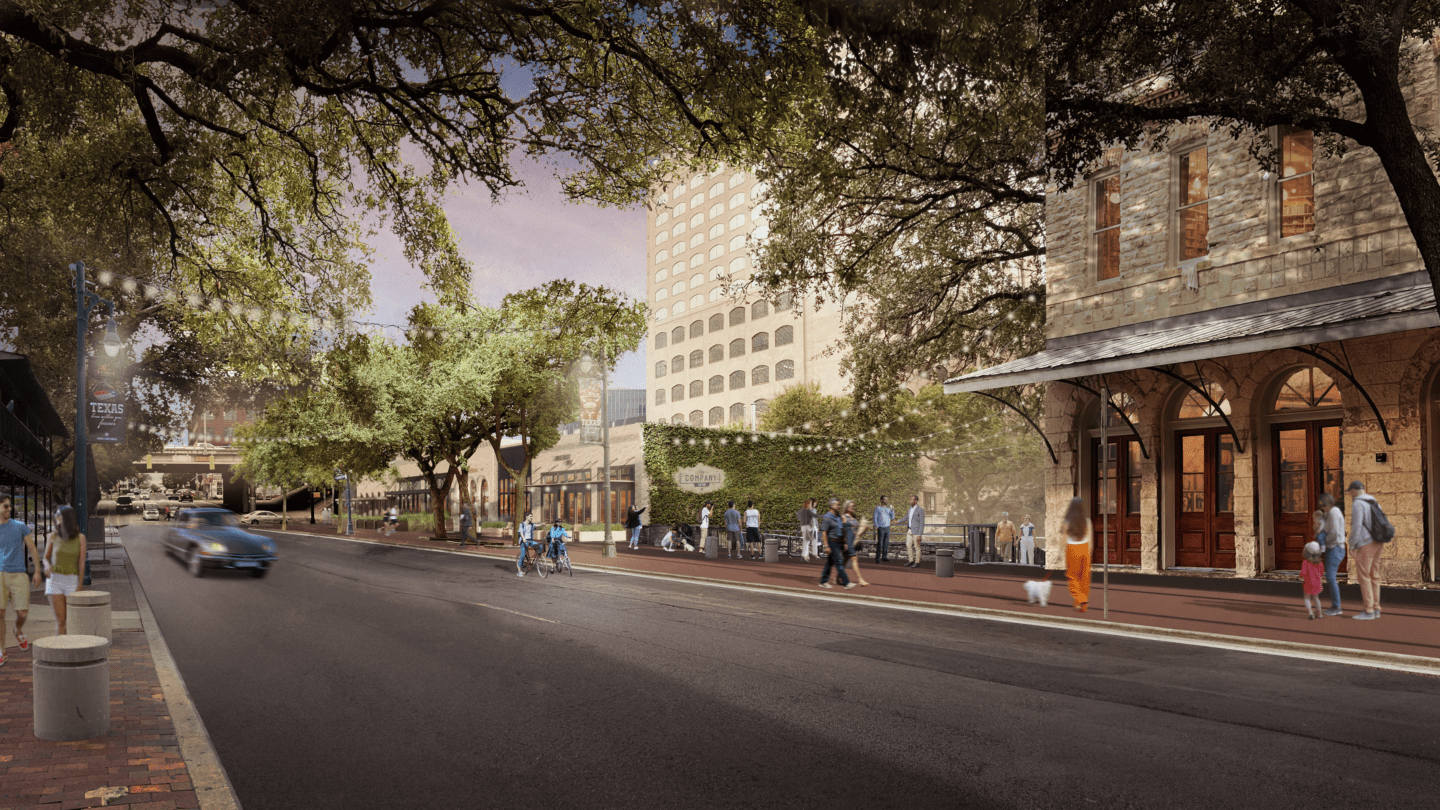
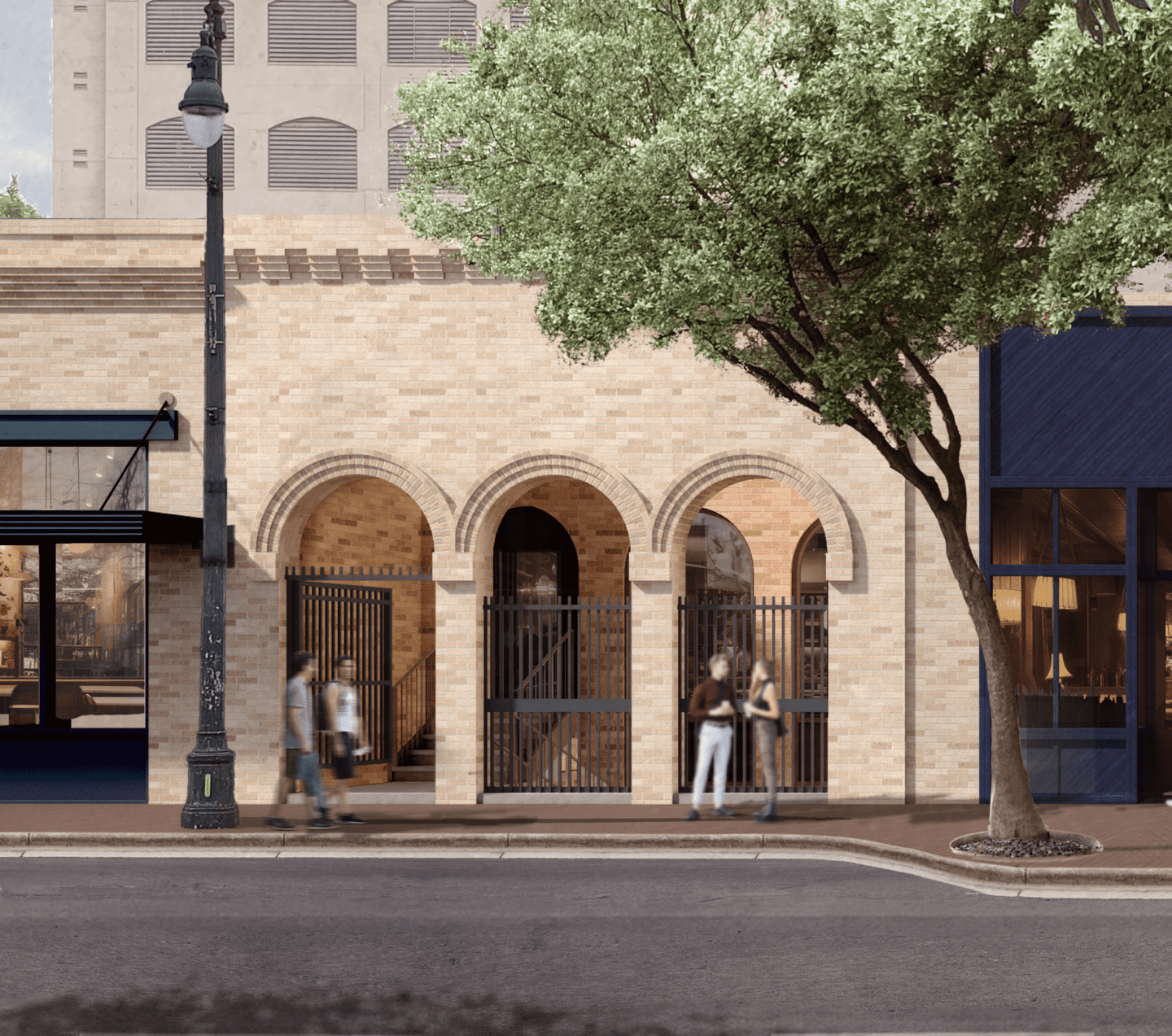
Today, the blocks stretching from Congress Avenue east to Interstate 35 make up one of the only remaining cohesive examples of the city’s late nineteenth- and early twentieth-century architectural heritage. The Sixth Street project sensitively renovates 29 buildings, approximately 200,000 total square feet, located in a six-block area bound by Brazos Street to the west and Interstate 35 to the east.

All of these blocks are part of the Historic Sixth Street District established by the National Register of Historic Places in 1975, and many of the individual buildings are recognized as Recorded Texas Historic Landmarks and City of Austin Historic Landmarks. The buildings are a mix of architectural expressions with high-style Victorian Era buildings featuring elaborate metal cornices and brickwork alongside modest one-story brick buildings that maintain the historic scale of the street. Prominent examples of the important history of the street include 520 East Sixth Street or the Carrington-Lyons Building, formerly the E.H. Carrington Store—which was established in 1872 and was one of the first Black-owned businesses on the street.
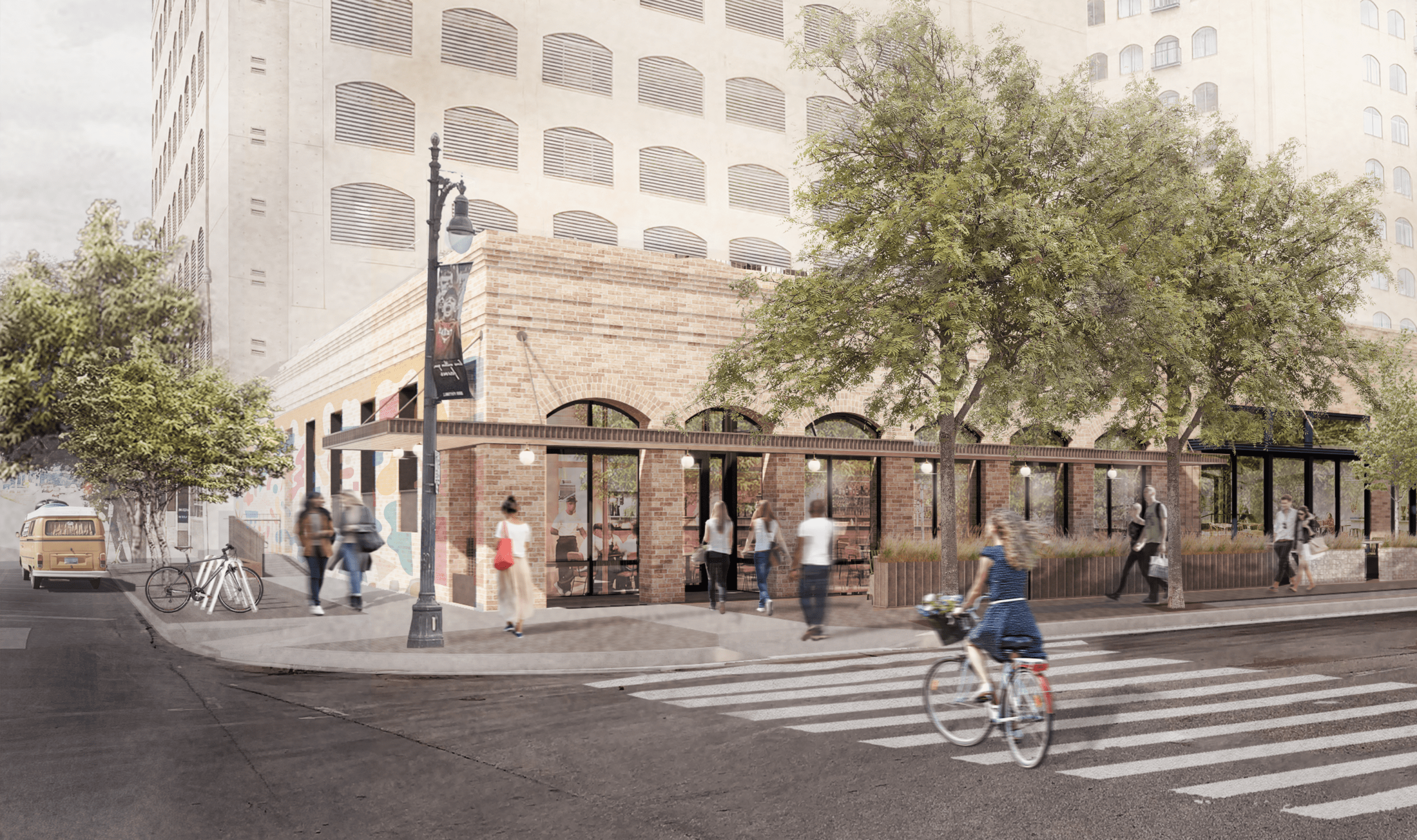
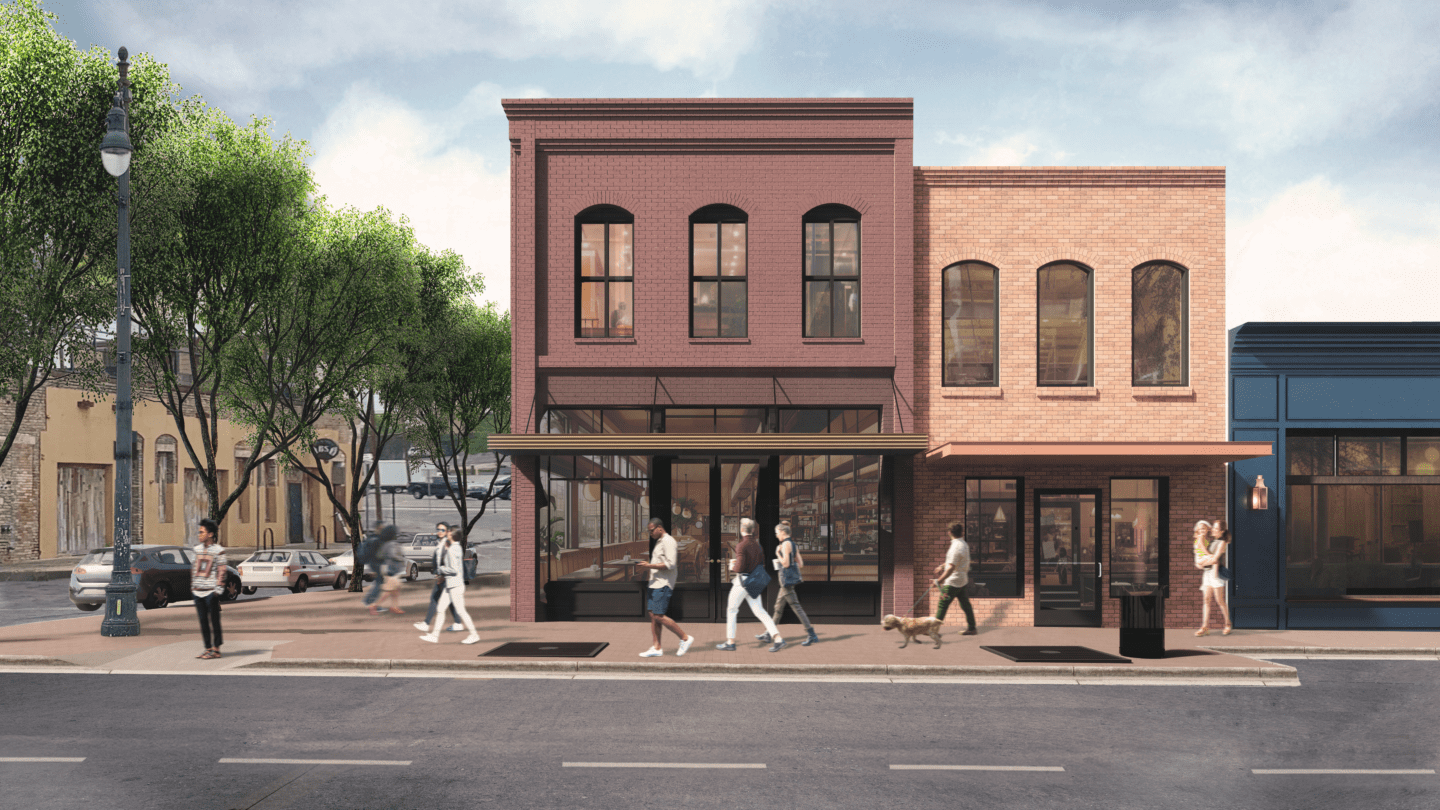
The project celebrates the street’s historic character-defining elements while introducing new designs to support a more culturally rich set of businesses to complement the street. Cleaning, repairing, and restoring historic brick, stone, and metal details will maintain the scale and texture of the urban area. Contemporary design—introducing new storefronts, broad areas of glazing, new awnings, new windows and shutters, and fresh paint—is inspired by historic photographs and on-site analysis of existing materials. This work to revitalize the streetscape and bring people to the area imagines a new destination bustling by day and night, with local shops, live music, homegrown eateries, outdoor bars, and provocative art galleries. It aims to create a vibrant day-to-night community where all are welcome—ensuring 6th Street’s ongoing and essential contribution to Austin’s culture and identity.
